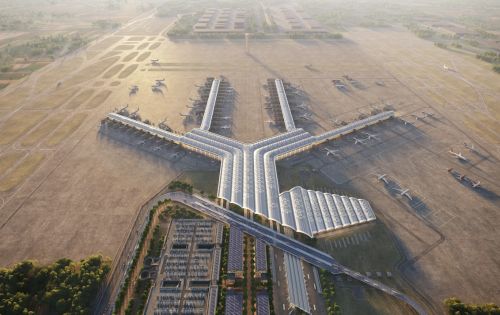BREEAM, or the Building Research Establishment Environmental Assessment Method, is the oldest and one of the most recognised building certification systems in Europe. It was created by the British Research Establishment (BRE) more than 30 years ago, initially to assess new office developments in the UK. Since then, it has evolved to become a global standard for sustainable construction. The certification process includes ten different categories that assess various aspects of a property, including the technical specification, design and construction and the building’s function. its considerations include the project management, the level of energy efficiency, occupant comfort, energy consumption, location, waste management, water management, care of the grounds, and building innovation. Each category focuses on the most impactful factors, such as reduced carbon emissions, a reduced environmental impact, adaptation to climate change, ecological value and biodiversity conservation.































































